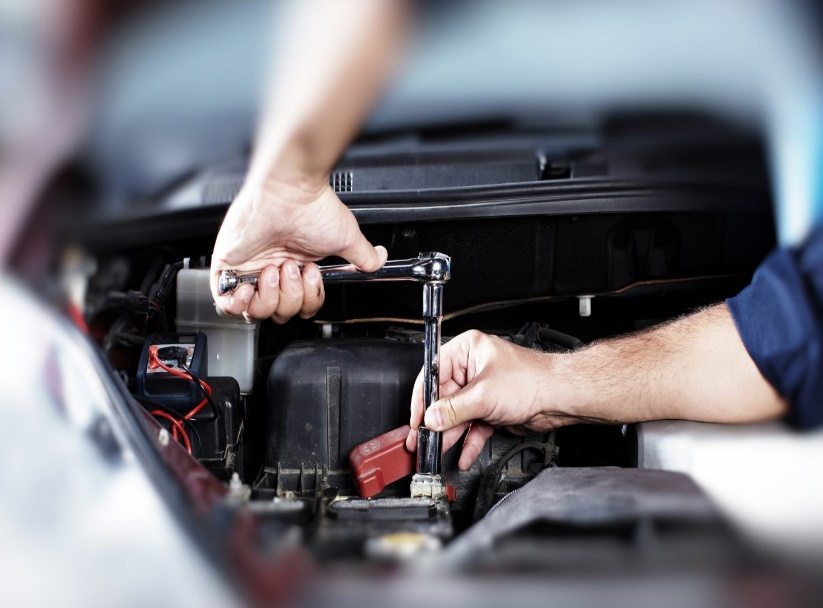Maximizing your car’s lifespan involves a blend of regular maintenance, keen observation, and a bit of mechanical practical understanding. Whether you drive a brand-new vehicle or a trusty old model, adhering to a consistent maintenance schedule is pivotal. Start with regular oil changes. Engine oil lubricates the moving parts of your car’s engine, reducing friction and preventing overheating. Changing the oil and oil filter as recommended by your car’s manufacturer—typically every 3,000 to 5,000 miles—can significantly extend the life of your engine. Use high-quality oil suited to your vehicle’s specifications to ensure optimal performance. Next, pay attention to your car’s cooling system. Overheating can cause severe engine damage, so it is crucial to maintain the correct level of coolant and ensure there are no leaks. Regularly inspect the radiator, hoses, and the water pump for signs of wear or damage. Flushing and refilling the coolant every two years or 30,000 miles can prevent rust and scale buildup, ensuring efficient engine cooling.

Tire maintenance is another key aspect of extending your car’s life. Properly inflated and aligned tires reduce strain on the suspension system and improve fuel efficiency. Check tire pressure monthly and rotate the tires every 6,000 to 8,000 miles to promote even wear. Also, inspect the tread depth regularly and replace tires when they become too worn. Misaligned tires can cause uneven wear, so ensure your car’s alignment is checked annually or whenever you notice uneven tire wear. Brakes are vital for your safety and your car’s longevity. Regularly inspect brake pads, rotors, and brake fluid levels. Squealing or grinding noises can indicate worn brake pads, which should be replaced immediately to avoid damage to the rotors. Brake fluid should be checked and topped up as needed and complete brake fluids flush every two years can help maintain braking efficiency. The transmission system is another critical component. Whether your car has an automatic or manual transmission, regular fluid changes are essential. Transmission fluid should be changed every 30,000 to 60,000 miles to ensure smooth gearshifts and prevent costly repairs.
Pay attention to any unusual noises or difficulty in shifting gears, as these can be early signs of transmission issues. Regular inspection of belts and hoses can prevent unexpected breakdowns. The serpentine belt, which powers various engine components, should be checked for cracks or fraying and replaced as needed, typically every 60,000 to 100,000 miles. Similarly, inspect all hoses for signs of wear or leaks and replace them as necessary to avoid coolant or hydraulic fluid leaks. Lastly, do not overlook the importance of a clean car. Regular washing and waxing protect the exterior paint and prevent rust, while cleaning the interior can reduce wear on upholstery and carpets. Keeping the car clean also gives you an opportunity to spot any potential issues, like small cracks in the windshield or missing trim, before they become major problems. By adhering to these maintenance tips, you can ensure your car remains reliable, efficient, and safe for many years to come. Consistent care and attention to detail not only enhance your vehicle’s lifespan but also provide peace of mind knowing that your car is in top condition.
